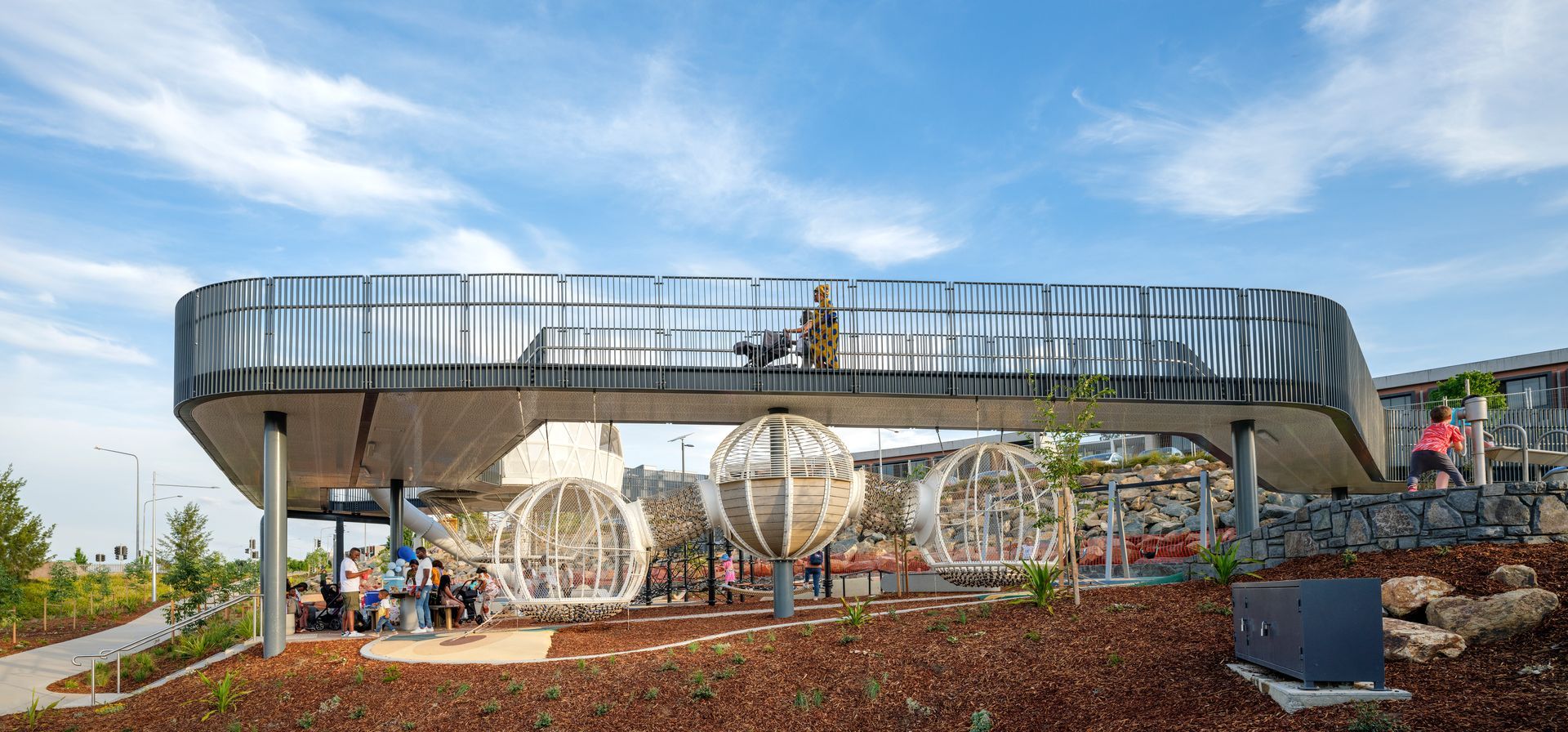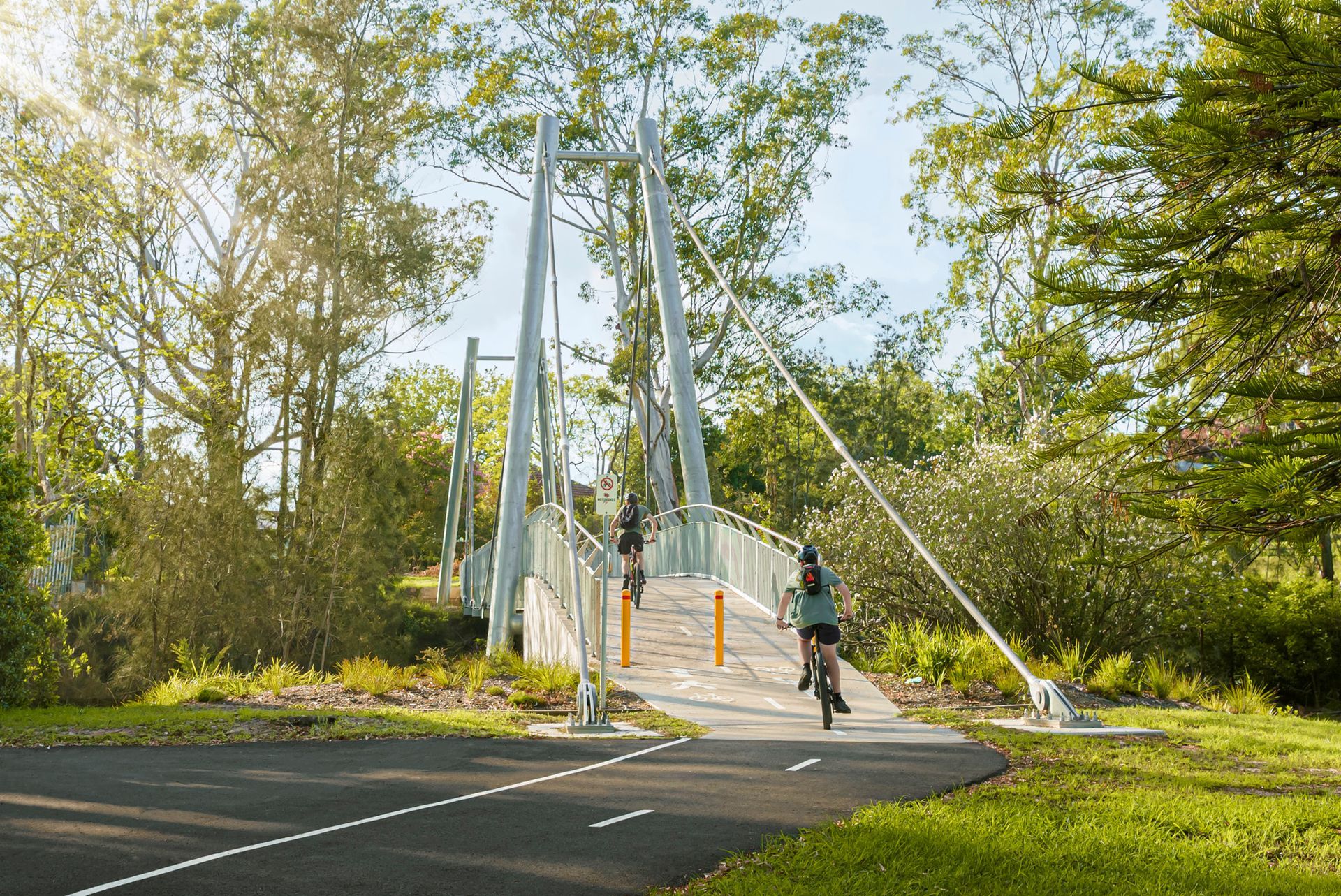Are you factoring life cycle costs into your projects?
The way a structure is designed and detailed is about more than just aesthetics. Long after the opening ribbon has been cut, the decisions you and your project team make today will have ramifications for the asset owners and local community – especially when it comes to ongoing maintenance. These can be felt for years, if not decades, so it pays to think about them, right up front.
“There’s a very real difference between the up-front price to construct and install an outdoor structure, and its lifetime cost to the community,” says Fleetwood Project Lead, Joel Watson. “If your designers are only thinking short-term, and not taking this into account, it can really come back to bite you in years to come.”
Playing the long game.
The life cycle cost (LCC) of an outdoor structure is the total cost associated with its design, construction, operation and ongoing maintenance – even its disposal at the end of its life cycle. As part of the design and development stages of your project, Fleetwood considers the LCC of each component, rather than simply default to the cheapest or easiest option. It may mean a higher initial capital outlay. But ultimately it will lead to reduced ongoing costs for your community.
“Since I started in the industry, the emphasis has definitely changed,” says Mark Jol, Senior Design Technician at Fleetwood. “The attitude for a lot of people used to be ‘let’s just get the structure in and be done with it!’ knowing they probably wouldn’t be around when all the maintenance problems started. But today, clients are far more aware their structures can last longer – and be easier to take care of – by investing a little more time and money up-front. I think there’s more community pressure to do that too, reputations are on the line.”
Fit-for-purpose design.
Everyone likes shiny new things – including us! But we’ve seen countless outdoor projects over the years where the quest for creativity has come at the expense of long-term practicality and design life. We work hard to deliver both. Your structure needs to stand the test of time.

Materials matter.
Specifying materials that are right for the site and application is absolutely critical. “If you’re serious about minimising ongoing maintenance, you need to let materials drive the design,” explains Mark Jol. “For example, if you’re designing a ferry wharf in salt water, that’s a very harsh environment, so you’ll specify double-treated H6 piles with a high rate of resistance. Another option is steel, but that would need to be wrapped in an HDPE sleeve to stop corrosion. Obviously, the best time to have these conversations is long before the structure goes anywhere near the water. It’s similar if you’re designing stairs. At the beach we’d lean towards stainless bolts and handrails. But if it’s further inland, you could probably get away with galvanised fixings. That all influences the design.”
Realistic repairs.
Inevitably, there will be times when maintenance or repairs are required for almost any outdoor structure. Again, this is where clever design and detailing can make a big difference. Fleetwood’s design and engineering teams spend a lot of time thinking about the way your structure connects (and disconnects), using modular sections where possible and easy-to-access joins and fixing points. We also favour prefabricated elements that can be prepared off-site, reducing disruptions to your community. These all make the maintenance process easier, faster and more affordable.
“The most valuable thing you can bring to any outdoor project is a long-term mindset,” sums up Joel Watson. “After all, do you want your structure to be a gift that keeps giving to your community for years to come? Or one that keeps costing it money through excessive or complicated maintenance?”
Contact Fleetwood Urban today to explore how maintenance can be easier on your next outdoor project.
More from Fleetwood Files.
Explore
Certifications
Environmental Management : ISO14001
Quality Management : ISO 9001
OHS Management : ISO 45001
All Rights Reserved | Fleetwood Urban | Privacy Policy





